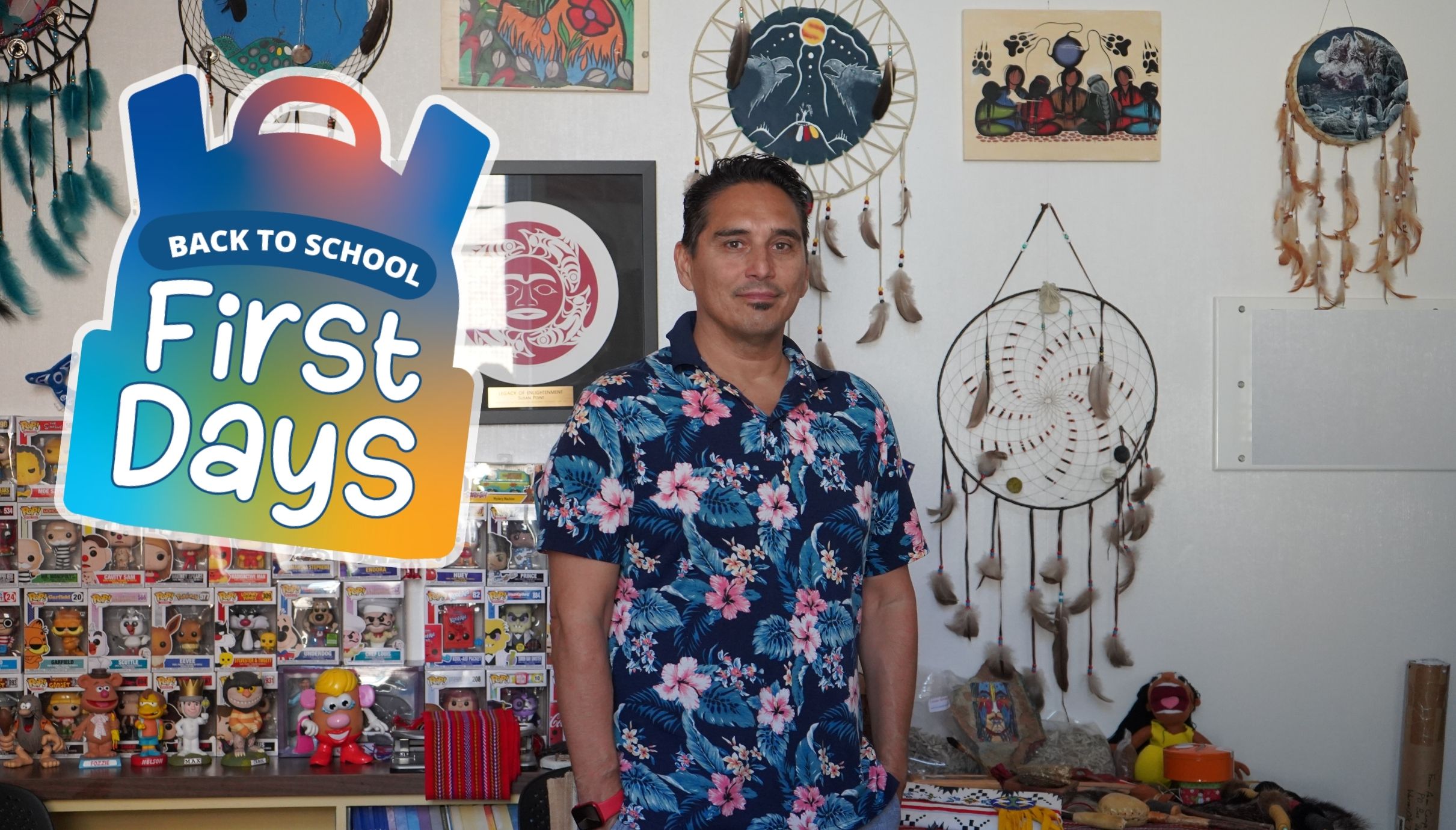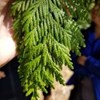David Delorme reflects on his teaching career and being a first-time principal at Xpey̓ Elementary

David Delorme takes on a new position as principal at Xpey̓ Elementary School, an Indigenous-Focus Choice school that serves a predominantly Indigenous student population. Delorme previously served as District Vice Principal of Indigenous Education. As he embarks on his first year as principal at Xpey̓, Delorme reflects on his early years as a teacher, his passion for Indigenous education and where he hopes to take his school community.
You are a first-time principal, but not new to Xpey̓. Can you share some details about the Xpey̓ community with us?
We have a very strong community and strong community connections. A lot of the students who were here from the very beginning have moved on to high school. We have a good parent advisory committee that supports the school. Lots of great teachers, including Indigenous teachers. There are four classroom teachers who are Indigenous and one Indigenous resource teacher. We do look to add to our family of Indigenous professionals here because that is the focus of the teachings. We also do culture lessons for our students.
I started as a teacher at this school and then I became a District teacher and then a vice principal. As the District vice principal for Indigenous Education I had an office at Xpey̓ but also at the Education Centre. I worked to support the District half the time and the other half was here with Rose MacKenzie (former principal of Xpey̓) supporting the school, community and the kids. This is my first year as principal, it’s exciting!
Take us back to the beginning of your teaching career.
I started off in Saskatchewan and I worked there for a few years. I taught in Manitoba two different times. I had taught in Manitoba and then moved to British Columbia and taught here. I moved back to Manitoba for an Indigenous consultant role at one of the school divisions there. I did that for three years and then returned to Vancouver. Most of my experience has been in Vancouver.
I’m Métis and Cree. My father is Métis Cree and my mother is French. I come from a Métis community in Saskatchewan. My connections go back to Treaty 6 Territory. I’m fortunate to have been able to experience the different communities in all the places I’ve lived. As a visitor to the land, you get to get to know a lot of people.
How long have you worked in education?
Twenty-six years. It’s been many years and many different provinces. I completed teacher education with SUNTEP (Saskatchewan Urban Native Teacher Education Program) program for Métis people, so my focus has always been in Indigenous Education and supporting Indigenous students and families.
What are the differences you’ve observed in each of the provinces where you lived and worked?
Working for the Indigenous Education Department [in Vancouver], it’s the largest department that I’ve ever worked with. In Manitoba there were four of us. Whereas here we have more than 30 in our department. I find that the curriculum is advanced in B.C. and now that we have the Indigenous credits that are part of our expectations for graduates, we just continue to move forward. I’ve been very impressed with what is happening in B.C., and happy to be part of it. As our students move on, it’s nice to see that there’s going to be opportunities for them to keep learning Indigenous history and culture as they move forward onto high school.
Since you’ve worked here before, do you feel you already know the community?
I do, but I’m learning about the community from a different lens as an administrator. There might be different expectations set up for me. I do know the community and I’ve worked within the community, I always found the community to be very supportive, so I look forward to building relationships, especially with the PAC. I’m hoping that the PAC will continue to grow like a family. The staff right now are like a family. It’s taken a while to get here, but now that we’re here it’s a great feeling.

